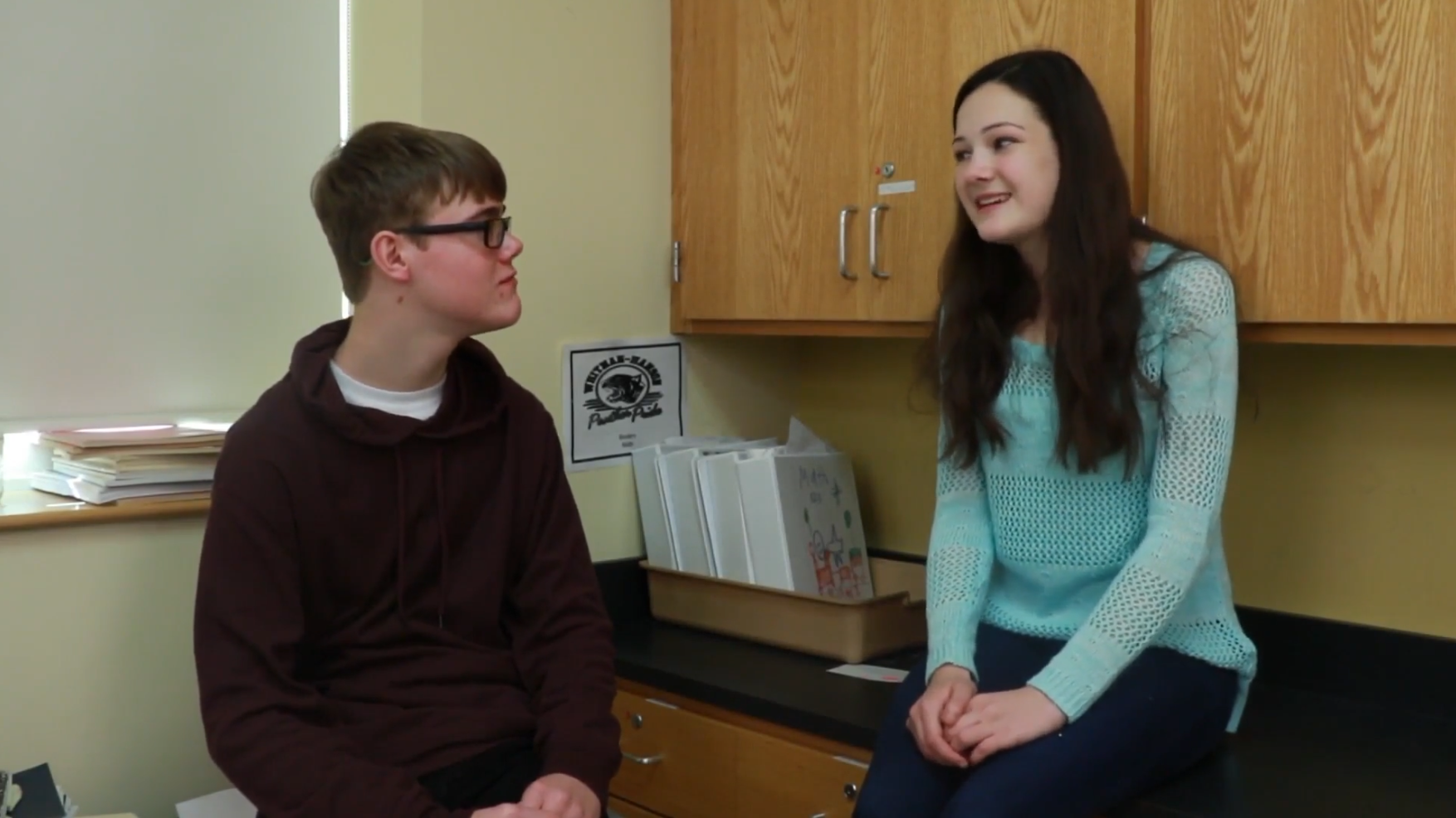Introduction
In the realm of social-emotional learning, effective communication plays a vital role in fostering healthy relationships and understanding others. One essential aspect of effective communication is the ability to make connected comments during conversations. Connected comments are like puzzle pieces that fit together, ensuring that the conversation flows smoothly and coherently.
When participants in a conversation make connected comments, they demonstrate active listening and engagement in the discussion. This helps avoid confusion and misunderstandings, making the conversation more enjoyable and productive for everyone involved. In this blog post, we will explore an easy-to-implement activity that requires no preparation, suggested discussion questions, related skills, and next steps to help educators teach students the importance of connected comments in conversations.
No-Prep Activity: The Conversation Chain
This simple activity, called “The Conversation Chain,” is designed to help students practice making connected comments and improve their conversation skills. No materials or preparation are needed, making it an ideal choice for busy educators.
- Divide the students into pairs or small groups.
- Ask one student to start the conversation by making a statement or asking a question.
- Have the next student respond with a connected comment that relates to the previous statement or question.
- Continue the conversation, with each student making a connected comment that relates to the previous one.
- After a few rounds, ask the students to switch topics and start a new conversation, practicing the same connected comment skills.
By participating in this activity, students will develop their active listening skills and learn to make appropriate, connected comments, ultimately enhancing their conversation abilities.
Discussion Questions
After completing the Conversation Chain activity, use these discussion questions to stimulate further conversation and reflection:
- How did it feel when everyone made connected comments in the conversation? How did it help the conversation flow?
- Can you think of a time when someone made a disconnected comment in a conversation? How did it affect the discussion?
- What strategies can you use to ensure your comments are connected and relevant in a conversation?
- How can making connected comments improve our relationships with others?
- Why is it essential to practice active listening when participating in a conversation?
Related Skills
Connected comments are just one aspect of effective communication. Here are some other related skills that students can benefit from learning:
- Active Listening: Paying close attention to the speaker, asking clarifying questions, and offering verbal and non-verbal feedback during conversations.
- Empathy: Understanding and sharing the feelings of others, which can help create more meaningful and connected conversations.
- Non-verbal Communication: Interpreting body language, facial expressions, and other non-verbal cues to enhance understanding during conversations.
- Asking Open-Ended Questions: Encouraging deeper discussions by asking questions that require more than a simple “yes” or “no” answer.
Next Steps
Now that you understand the importance of connected comments and have a no-prep activity to practice with your students, it’s time to explore more resources to support social-emotional learning. Visit Everyday Speech to sign up for free samples of skill-building materials, including engaging videos, interactive games, and printable resources. These materials will help you continue to teach and reinforce effective communication skills and other essential social-emotional learning concepts in your classroom.











